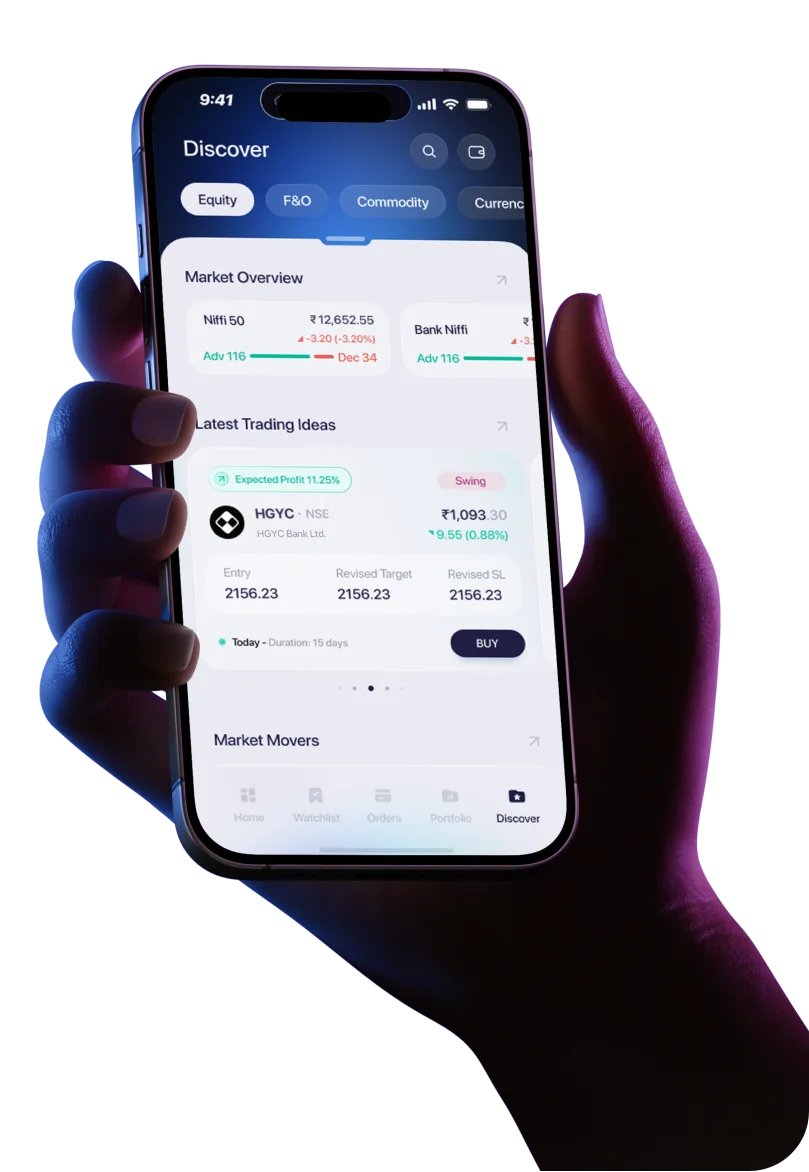In this article, we will discuss
- What are Brokerage Calculators?
- How Does a Brokerage Calculator Work?
- Calculating Brokerage Charges
- How to Use a Brokerage Calculator?
- Tips to Save Money on Brokerage Charges
 Investing in the stock market can be a great way to grow your wealth, but it can also come with a lot of fees and charges. One of the biggest expenses for investors is brokerage charges. These are the fees that brokers charge for buying and selling stocks on your behalf. However, there are ways to save money on brokerage charges, and one of the most effective ways is by using a brokerage calculator. In this article, you will get to know about what a brokerage calculator is, how it works, and how you can use it to save money on brokerage charges.
Investing in the stock market can be a great way to grow your wealth, but it can also come with a lot of fees and charges. One of the biggest expenses for investors is brokerage charges. These are the fees that brokers charge for buying and selling stocks on your behalf. However, there are ways to save money on brokerage charges, and one of the most effective ways is by using a brokerage calculator. In this article, you will get to know about what a brokerage calculator is, how it works, and how you can use it to save money on brokerage charges.
What are Brokerage Calculators?
A brokerage calculator is a tool used by investors and traders to calculate the costs involved in trading in financial markets such as stocks, futures, options, and commodities. It is a useful tool for anyone who wants to trade in the financial markets and wants to know the exact amount of money they will need to invest or the returns they can expect.How Does a Brokerage Calculator Work?
A brokerage calculator works by taking into account the various charges that are associated with trading. These charges include brokerage charges, transaction charges, taxes, and other expenses. The calculator takes into account the buy price, the selling price, and the number of shares traded. It calculates the charges based on the prevailing rates of the various charges.Calculating Brokerage Charges
Brokerage charges are the fees charged by brokers for executing trades on behalf of traders or investors. The brokerage charges are usually calculated as a percentage of the transaction value. Calculating Transaction Charges The costs assessed by stock exchanges for carrying out trades are known as transaction charges. The typical way to compute these fees is as a percentage of the transactional amount.-
Calculating Taxes
-
Calculating Other Expenses
How to Use a Brokerage Calculator?
-
Step 1: Select the Stock Exchange
-
Step 2: Select the Segment
-
Step 3: Enter the Buy and Sell Details
-
Step 4: Select the Type of Order
-
Step 5: Enter Other Details
-
Step 6: Calculate the Charges
-
Step 7: Compare Brokerages
Tips to Save Money on Brokerage Charges
Brokerage charges can add up quickly for traders and investors, eating into their profits. Therefore, it is important to look for ways to save money on brokerage charges.-
Tip 1: Negotiate with Your Broker
-
Tip 2: Use Discount Brokers
-
Tip 3: Use Online Trading Platforms
-
Tip 4: Opt for Flat Fee Brokers
-
Tip 5: Use Limit Orders
-
Tip 6: Avoid Churning Your Portfolio
-
Tip 7: Invest in Direct Mutual Funds
-
Tip 8: Invest in ETFs



 Easy & quick
Easy & quick
Leave A Comment?